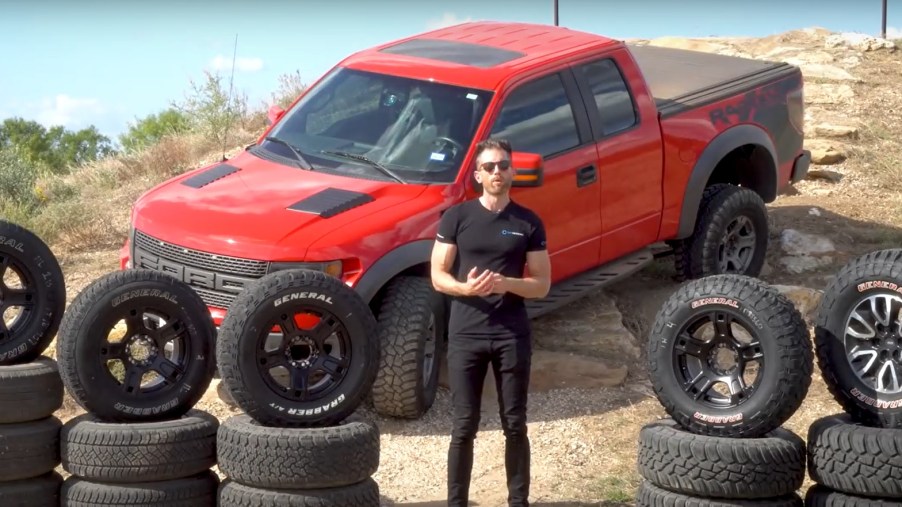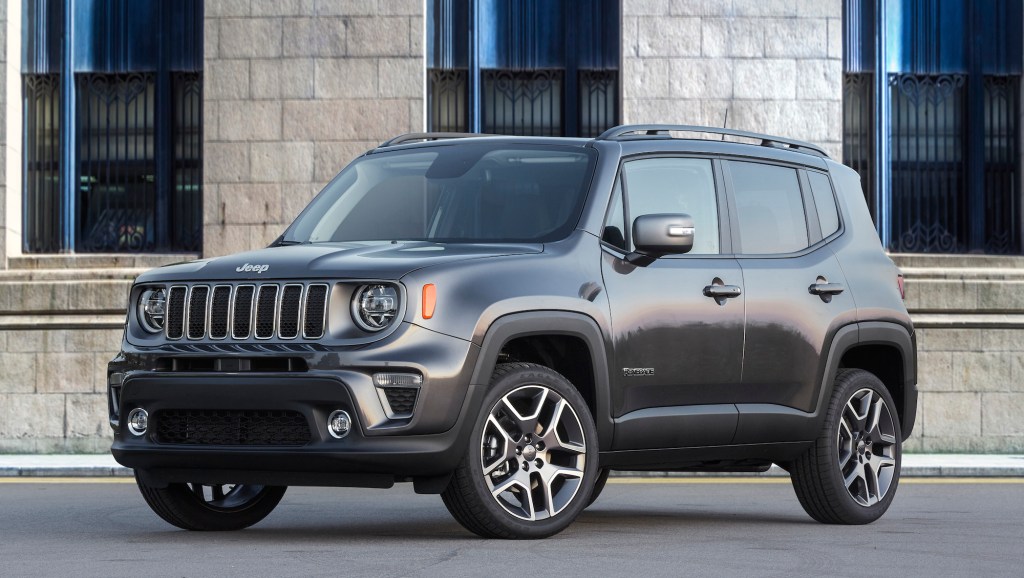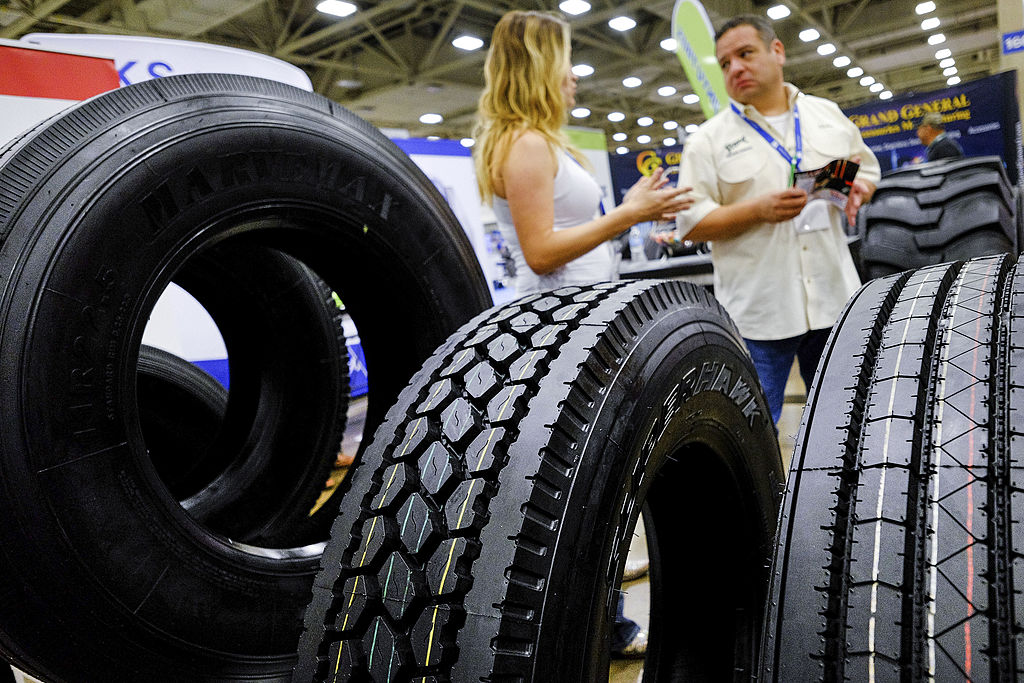
Say No to the Donut, Demand A Full Spare Tire Instead
One thing that’s easy to forget about when buying a new vehicle is the spare tire. Depending on if you’re buying a new truck, used SUV, and the trim level you choose, you could get a donut, full spare, or fix a flat and prayers. But you need that full spare for safety.
Why you need a full spare tire
When you’re driving, the unexpected could occur at any moment. Last year I was driving to lunch when a ladder flew out the back of a truck and pretty much sliced my tire open beyond repair. It was scary, but I managed to pull over safely in a parking lot.
Three solutions could have been in the back of my Jeep Renegade:
- A full-size spare tire. This is a tire that is the same size as the other tires on your vehicle. It provides a temporary fix because you can change it and go about your day until you repair or replace the flat tire.
- A donut tire or compact spare tire. It’s a lightweight tire that is smaller than your other tires. It’s a temporary fix that can only be driven for a limited amount of miles at lower speeds.
- A flat tire repair kit. These kits may include tire sealants, plugs, and patches to help you fix your flat tire on the spot. They also include an air inflation value to reinflate the tire. But this is also a temporary fix because they only repair the tire to a certain degree.

I was happy to find a full-sized spare tire under the cargo floor of my trunk. Honestly, I didn’t know it was there. But, I was able to change it and return to my day without much fuss until I could replace my innocent tire that was suddenly murdered.
But what about Run-Flat tires?
According to Fire Stone, run-flat tires are another solution aside from a full-sized spare that won’t leave you on the side of the road. Some options have high-tech cooling fins and reinforced sidewalls that can be driven for about 50 miles at speeds around 50 mph after being punctured.
It’s pretty neat that some run-flats can go that far after being totally deflated. But they might not come with your vehicle. You can purchase them later, though. Run-flat tires can cost between $100 to $300 each. But keep in mind, they can be difficult to replace in a timely manner depending on stock.
Why is a full-sized spare important
While a full-size spare tire comes with the challenge of needing a place to store it, it can be the safest and most convenient option. Donuts and run-flats only have a limited amount of time before needing to be replaced.
Jerry Wilson of Complete AutoGuide explained, “The main issue is what type of car you have. For small cars a donut makes perfect sense. They take up less space and weigh less, so the disadvantage of having a “worse spare” in the rare case of actually needing it, is outweighed by the positives.
However, for anything from a sedan up, it is worth affording the luxury of a full spare tire. They are safer to drive with and additionally, they don’t put unnecessary stresses on your car, because they’re symmetrical with the other tires”

If you’re far away from a service center, a full spare can help you make it there without having to limp down the highway at reduced speeds. They can also eliminate the need to have your vehicle towed off while you’re stranded on the side of the road.
Also, you have to know when fixing a flat with a patch is a viable option. According to Consumer Reports, you shouldn’t try to repair a hole that’s larger than 6 mm in diameter. Also, don’t try to repair a cut or hole in the sidewall.



